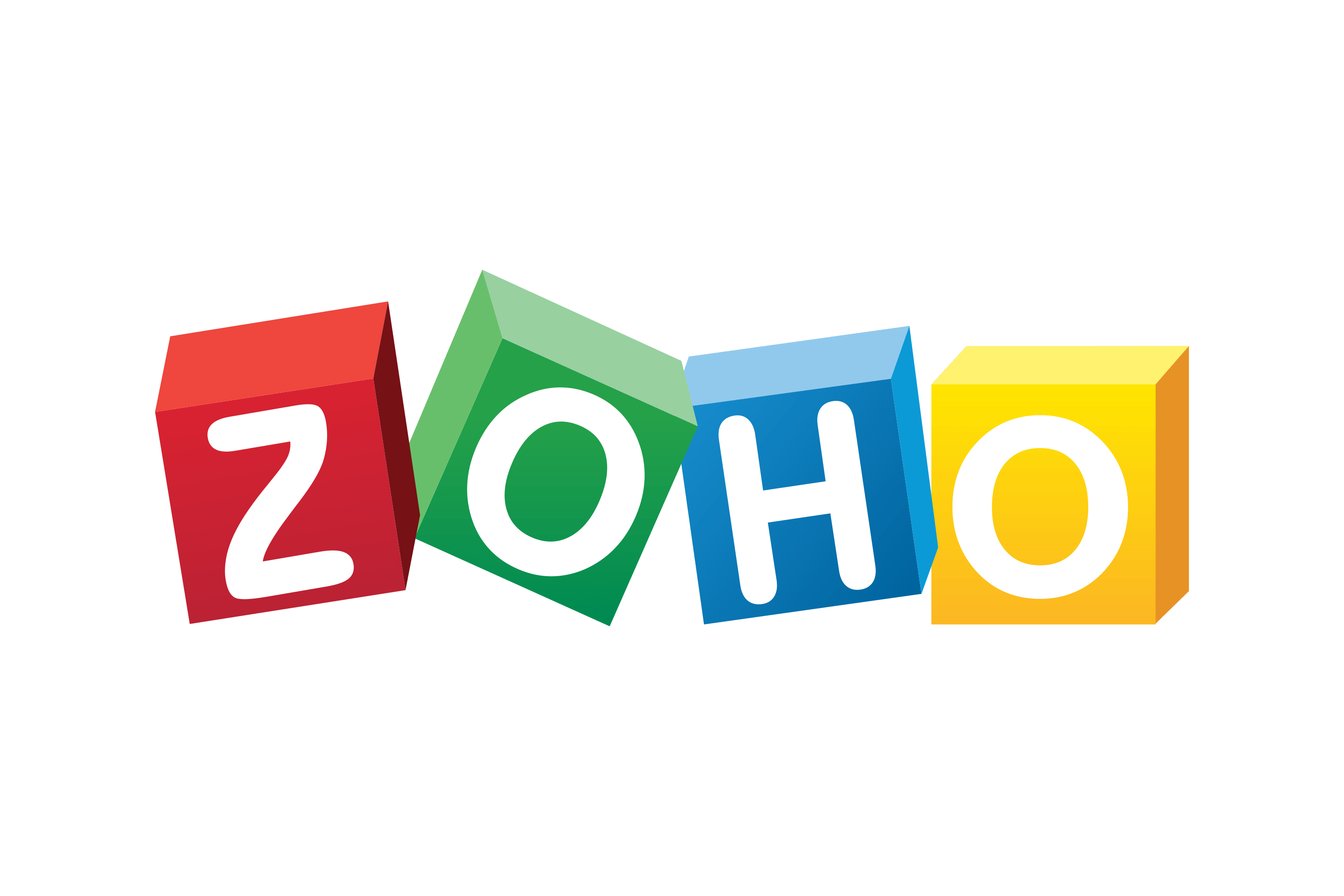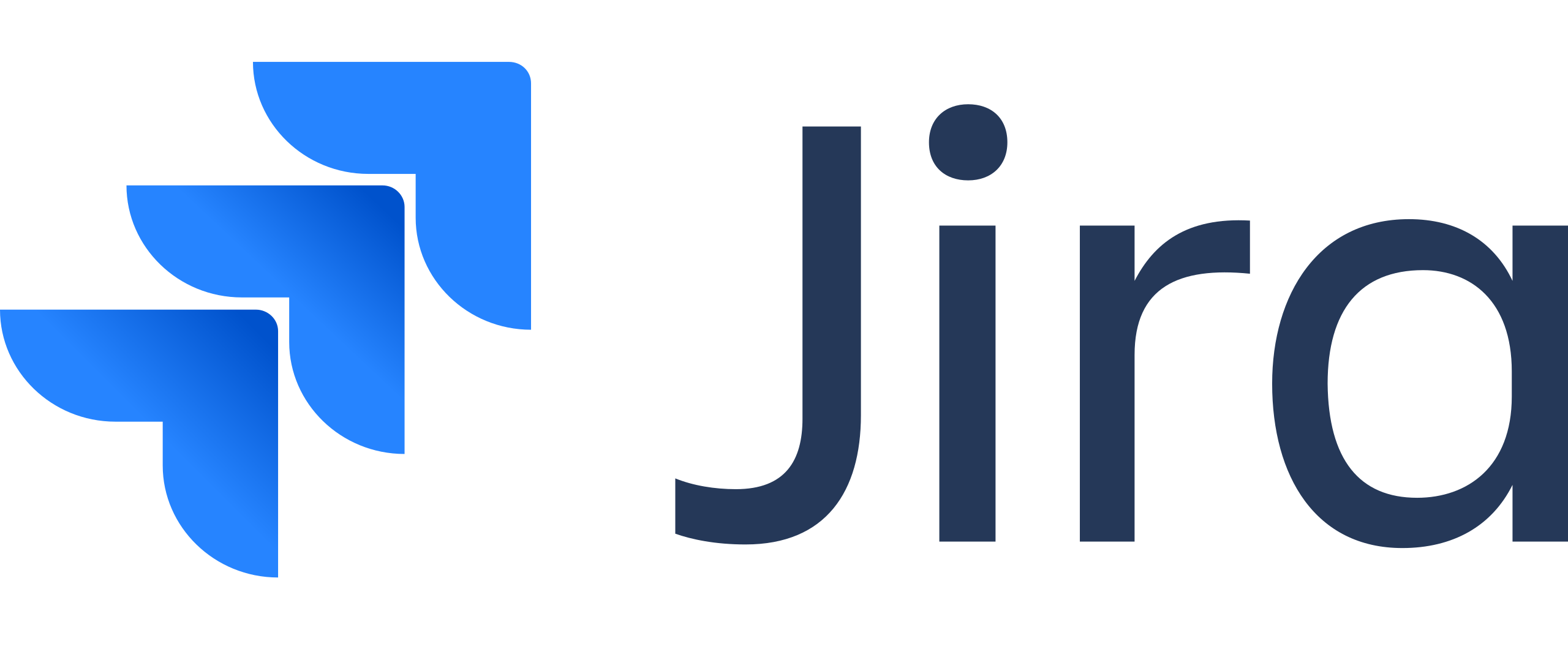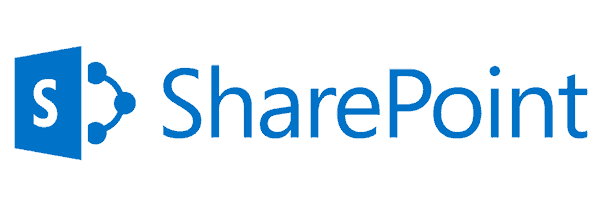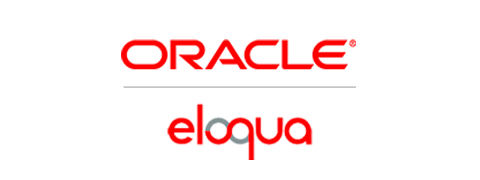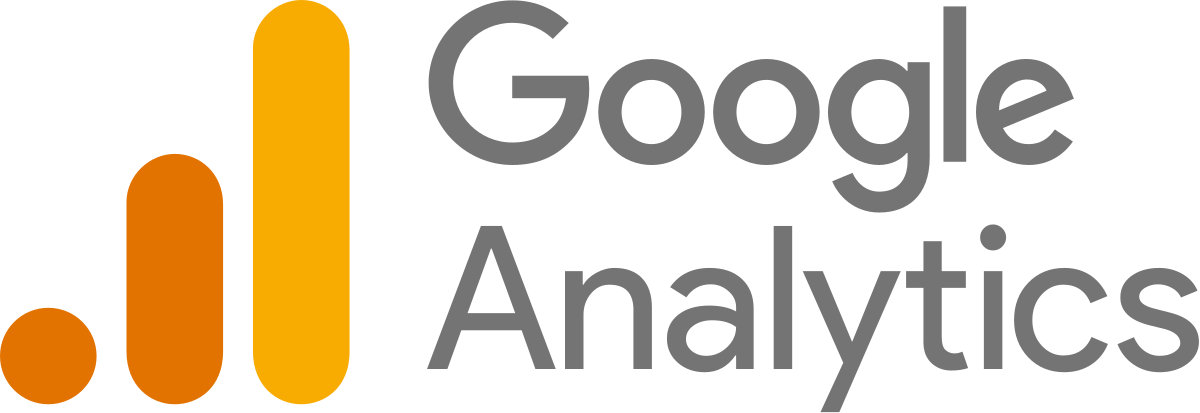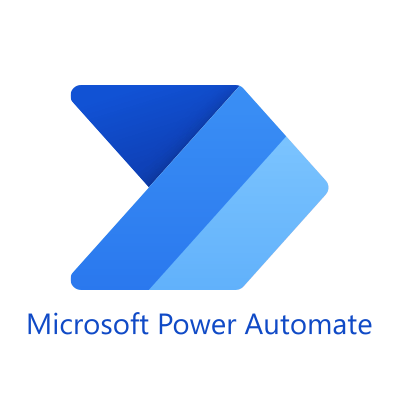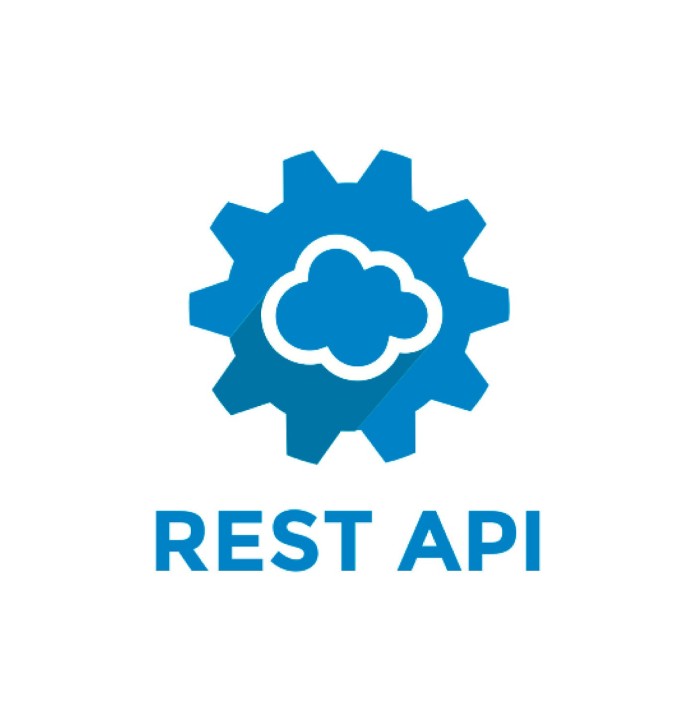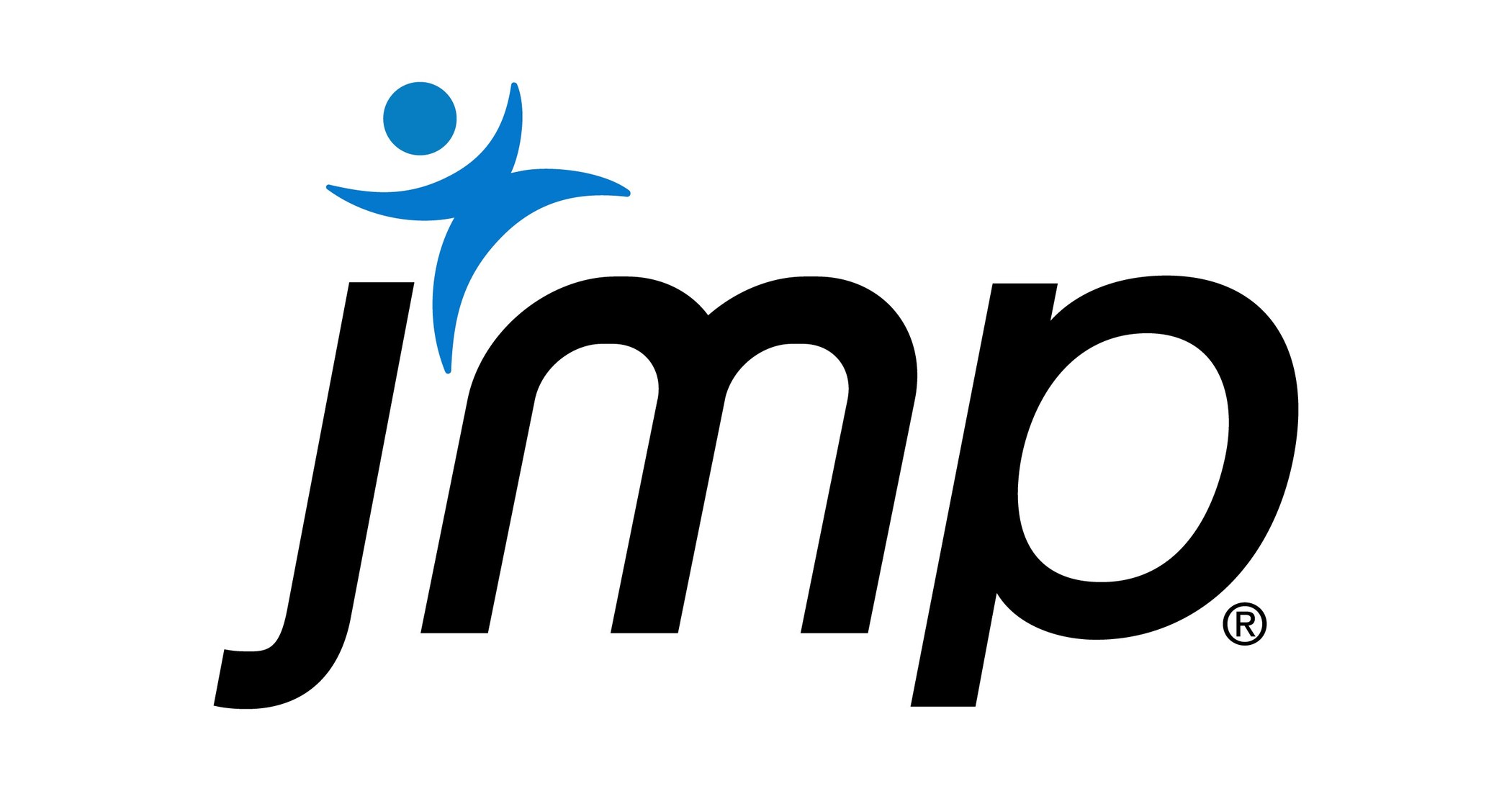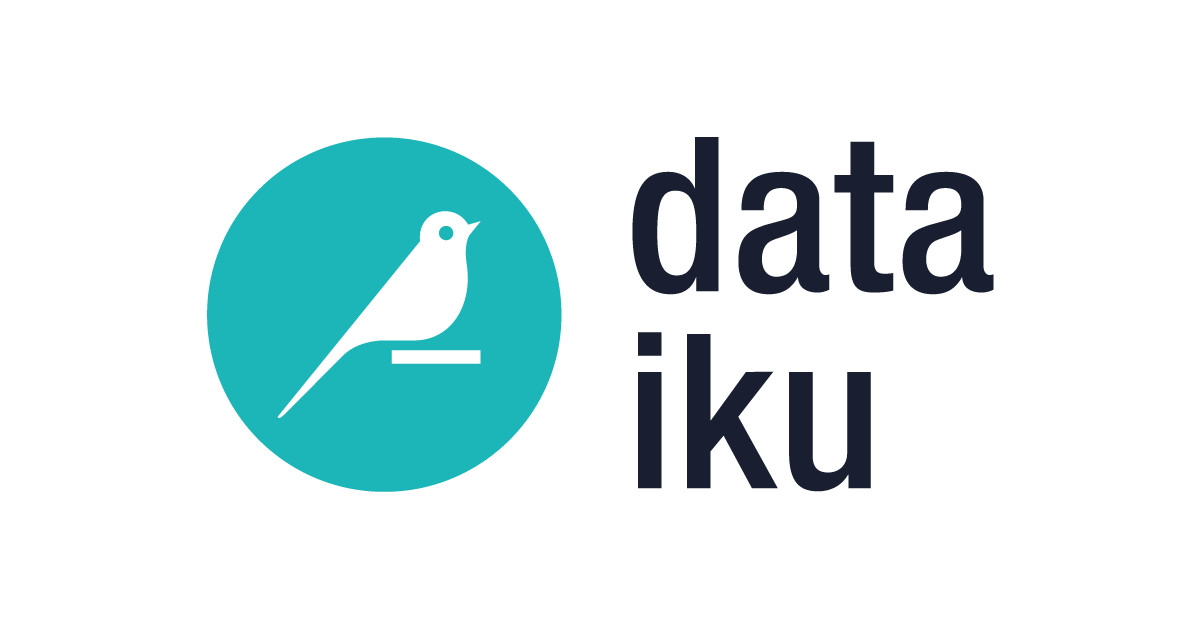About me
In an era marked by revolutionary innovations from leaders like OpenAI, we are constantly adapting to new standards in how we work and innovate. The role of a Data Scientist is pivotal in not only understanding vast amounts of data but also in applying advanced technologies like AI to derive meaningful insights that redefine user experiences. I'm Mohit, a Data Scientist with a robust background in Product Management and AI. My focus is on harnessing my skills in data analysis and model development to deliver solutions that meet the demands of our increasingly digital world.
The persona below encapsulates my professional identity and approach, rooted in a strong foundation in Data Science and Industrial Engineering. Here, you'll explore not just who I am, but how I analyze, innovate, and lead in the tech-driven landscape of today. Join me on my journey as I use data and AI to empower decision-making and drive forward-thinking innovation in every project.
User
- Name: Mohit Dalal
- Role: Data Scientist
Demographics
- Age: 28
- Education: Master’s in Data Science, Bachelor’s in Industrial and Production Engineering
- Industry: Tech, particularly AI and Industry 4.0
Professional Background:
- Focus: Advanced analytics, model development, AI application, Explainable AI
- Skills: Data mining, machine learning, predictive analytics, statistical analysis, AI integration
- Tools: Nvidia Omniverse, Python, SQL, TensorFlow, Scikit-Learn, Git, Notion, etc.
Navigating the AI Landscape: My Goals, Challenges, and Drive
-
Goals
- To lead the development and management of AI-driven products.
- To integrate AI not just in products but also in enhancing decision-making processes.
- To keep abreast of the latest technological advances and integrate them into business solutions.
-
Challenges
- The technical demands of AI integration with user-centric product development.
- Staying updated with rapid advancements in AI and machine learning technologies.
- Communicating complex AI concepts to stakeholders without technical backgrounds.
-
Motivations
- Passion for harnessing AI to solve real-world problems.
- Desire to be at the forefront of technological innovation in Industry 4.0.
- Enthusiasm for continuous learning and applying new technologies in product development.
-
Behavioral Traits
- Data-driven decision maker.
- Comfortable wearing multiple hats and juggling various responsibilities.
- Always learning and adapting to new technologies and methodologies.
"Integrating AI deeply into both the products I manage and the management process itself allows me to create solutions that are not only innovative but also incredibly efficient."
- Mohit Dalal

Resume
Education
-
Masters in Data Science
Rochester Institute of Technology, NY, USA August 2023 — May 2025- Focus: Advanced analytics, machine learning algorithms, data-driven product development and Explainable AI.
- Capstone Project: Collaborating with a manufacturing tech startup to develop a real-world application of machine learning techniques to optimize product features and user engagement.
-
Bachelor of Engineering - Industrial and Production Engineering
IIT, Delhi, India 2015 — 2019- Thesis: : "Automated Surveillance System" - Designed and built a motorized gun turret system capable of automated targeting and firing, showcasing innovation in hardware design and proficiency in integrating mechanical components with software controls.
Experience
-
Founding AI Engineer (Agentic AI-powered software for financial teams)
TradesForce, Jersy City, New Jersey 2025 — PresentSpearheaded the design and development of AI-driven financial analysis tools, from 0→1 product vision to multi-agent RAG systems for SEC filings.
- Developed a scalable Retrieval-Augmented Generation (RAG) pipeline for querying SEC 10-K, 10-Q, 8-K filings using hybrid search (FAISS + TF-IDF), semantic chunking, metadata enrichment, and LLM-based query reformulation.
- Engineered multi-agent financial tools integrating LangChain and DeepSeek APIs to assist analysts with real-time metric extraction, contextual insights, and regulatory trend detection across corporate filings.
- Worked closely with design partners to shape the initial product vision and co-developed core features with the team, bringing the 0→1 product to life.
-
Data Science Manager (Industrial AI firm delivering production reliability to manufacturers)
Infinite Uptime, Pune, India 2022 — 2023Led Data Science team to build scalable machine learning solutions for predictive maintenance of critical industrial equipment.
- Built and deployed predictive maintenance models using vibration sensor data; implemented fault classification and anomaly detection pipelines servicing 200+ industrial clients. Improving fault detection accuracy by 35% and reducing downtime by 25%.
- Automated data ingestion, reporting, and customer success workflows by developing Python scripts, REST APIs, and low-code solutions, reducing manual effort by 75% and boosting team productivity by 65%.
- Managed a team of 20+ engineers, designers, and data scientists, communicating tradeoffs and ensuring cohesive product delivery post-launch support across multiple clients.
- Optimized structured and unstructured data loading and processing strategies, enabling 40% faster decision-making for internal stakeholders and reducing review times.
-
Senior Data Scientist
Wolters Kluwer, Pune, India 2019 — 2022Built analytical solutions to help sales and marketing teams with a 360° view of the competitive landscape to win new prospects.
- Built a Python and Tableau-based pricing governance system to model price elasticity across geographies and product lines, optimize quote workflows, and inform discounting strategies—standardizing global sales operations and driving $1.2M in annual cost savings.
- Developed clustering (K-Means) and time series forecasting models (ARIMA, Prophet) to analyze historical sales and customer patterns across 60+ product offerings, accelerating pricing adjustment cycles by 30%. (Dynamic Pricing Strategy through Sales Pattern Forecasting)
- Automated competitive intelligence workflows using Python and survey analytics, extracting insights from data on 150+ competitors to inform GTM strategy.
- Optimized marketing funnel analytics lead journey modeling by integrating Salesforce and Eloqua data pipelines, improved lead attribution precision by 20%.
- Built "LegalView Bill Analyzer," reducing bill review time from 3 weeks to 1 day, saving clients $10-$15M in overcharges.
- Built multi-language ML translation product adopted by 7+ financial clients (Citi, SunTrust); doubled software revenue from renewals by conducting usage analysis and designing enhanced renewal workflows.





